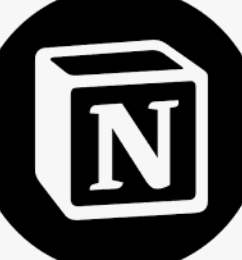ABSTRACT
Information Structured
The idea is to create an environment for text content that "lives". Essentially, something like Github for text.
If that's too abstract, the counterpart to "living" texts are finished ones, like most books, articles, studies, etc.
Once published, these are typically not changed.
Software (like Github) or factual knowledge (like Wikipedia) demonstrate what happens when content becomes "alive". Every social platform is also a good example of "living" products.
While social media is current and relevant, it is also person-centered and offers little structure. In contrast, Wikipedia is the opposite. Individuals are invisible; it's all about topics with a lot of structure, but little current relevance.
The idea is to combine the advantages of both.
Posted on August 31 2023 by

This piece refers to the following themes
SIGNALS

With the advent of Web 2.0, Wikipedia emerged as the most expansive human-curated knowledge network to date, marked by its crowd-sourced, ever-evolving nature.

GitHub pioneered a platform for developers, fostering an environment conducive to storing and disseminating code. This initiative catalyzed the birth of open-source projects, mobilizing thousands of global contributors.

On X/Twitter, some users collaboratively source information on topics through posts. As comments flow in, they form a continually updated knowledge base.

Reddit stands as a testament to the power of community curation, with millions poring over and refining content daily. This pattern of user-driven content curation is also evident on platforms like YouTube, TikTok, Instagram, Pinterest, and more.

Niche-focused communities have also carved their space. For instance, Product Hunt, steered by passionate aficionados, curates standout apps and software. Here, daily feeds rank products based on user engagement, mirroring the Reddit model.

The tradition of crowd-sourced lists, evident in tools like G-Sheets, Airtable, and Notion, has its roots in the early days of the internet and promises to be an enduring practice.
CHALLENGE
The challenge lies in creating content that users willingly follow. Focus on one or just a few niches, and engage with authors and their communities. On the flip side, creators quickly move on if there's a lack of audience. The classic chicken-and-egg problem of marketplaces certainly requires stimulation of one or both sides.
FEATURES
Documents, called "Streams", are accessible to everyone. They have a set topic, display posts in a list-like structure, feature contributors, and offer users three main interaction options.
FEATURES
The first option is "Track", allowing users to subscribe to new entries and changes in the document to stay updated.
FEATURES
The second option is "Collab", where users contribute to the document's content. Notably, new user suggestions are reviewed before publication.
FEATURES
Document curators, or those who create and maintain them, review new content suggestions and approve them. This ensures quality while connecting contributors and subscribers.
FEATURES
A feed lets users see the latest updates, posts, and changes for the topics they follow.
FEATURES
Paid Tracks is an option for curators to create earnings. Subscribing professional content like leads, data, stats, research is of high value in industries like recruiting, financial services a.o. where companies pay large monthly fees for information inbound.
FEATURES
Providing development opportunities for curators fosters a culture of progress, reputation, and growth, which is an ideal motivation for knowledge-based disciplines.
FEATURES
Any user can create a Stream, invite acquaintances to collaborate, and embark on a journey of learning, publishing, and community-building.

